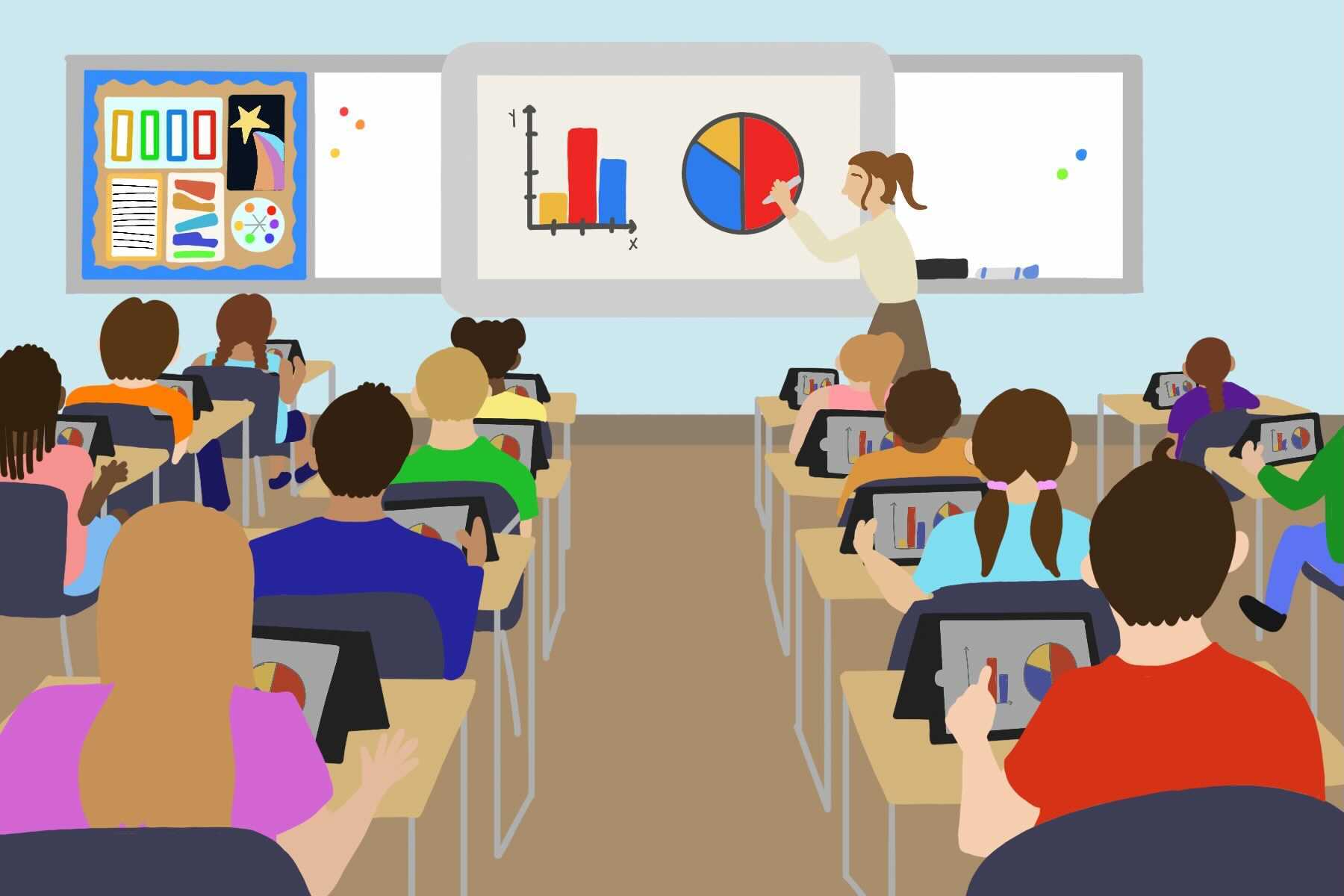COVID-19 fundamentally changed the way people communicate with and learn from one another. The effects of isolation and virtual learning have been felt potently in schools where children, adolescents and adults are working to develop connections that feed them socially and academically. While technology has become a more essential resource, many students are still struggling to bridge accessibility gaps, solve communication issues and create environments geared toward strong academic performance.
Virtual Learning Challenges
In March 2020, schools across the United States were locked down to slow the spread of COVID-19. Students suddenly had to attend school from home and teachers scrambled to adapt their normal routines to the limitations imposed by virtual learning. The online video platform Zoom, as well as learning platforms like Canvas, provide some connection with students, but the technology challenges did not end there.
Accessing Technology
To participate in virtual learning, some students needed to check out electronic devices like laptops and tablets from their schools. Even one year into the pandemic, schools struggled to equip students with the tools they needed to be successful. The most serious problem is maintaining devices: Since thousands of devices were checked out to students, technology specialists employed by school districts have struggled to keep up with repairs and updates.
When lower-income students are deprived of these electronic devices, even for a short time, they suffer serious consequences because they have lower levels of accessibility. For example, lower-income students may have fewer devices available, more family members competing to use a given device or only own smartphones to complete assignments.
Poor Internet Connection
A more widespread issue is the lack of quality internet connection. Broadband internet allows students to maintain high-speed connections for completing assignments and quizzes. Stronger internet connections also keep students in Zoom sessions instead of kicking them out in the middle of class; one possible reason for this is that students share internet hotspots with multiple family members, weakening their connection and thus depriving them of the opportunity to fully participate in their education.
When students miss out on instruction due to technological difficulties, they have a higher chance of receiving poor grades and are less likely to be prepared for their next year of school. Some schools are attempting to bridge the gap by providing “remediation” and “acceleration” courses that supplement student education or deliver it to them in a more compressed format.
Student Inequities
Despite these efforts, at-risk students and those with learning disabilities still bear the brunt of virtual learning inequities. Second-language students may not receive the extra instructional time they need to read, write and speak at the level of their peers, while students with behavioral issues do not have the structure and monitoring needed to develop strategies for their personal and educational success.
Overall, the move to online learning has emphasized the importance of social learning and the value of collaborative solutions negotiated among parents, teachers and students themselves. Some students have learned to advocate for themselves and communicate more consistently to cope with the challenges of the current situation. For example, students need to exercise greater levels of personal and academic accountability in accessing homework, completing their assignments on time and communicating any difficulties they have in meeting deadlines. They are also learning to navigate technology in more smart and creative ways. Students have to type, record videos and check in for new messages, which are skills that could benefit them in the long run.
Adults and Technology
For younger children and teenagers, dealing with the ongoing circumstances may simply prove frustrating. When students do not have the skills or maturity to advocate for themselves, the responsibility falls to the adults in their lives to step in. Lower-income students may not have parents at home during the school day to help them handle issues they have during class time.
Working-class parents may also have longer hours, narrowing the window of time in which they can solve problems and communicate with their child’s teacher. Other students have parents or other family members at home with them, but they may lack prior experience with technology. Troubleshooting is not a skill that every adult learns, especially if they are part of an older generation or have a job that does not require a digital presence.
Teachers
As a result, teachers have shouldered the largest amount of responsibility: They have to manage their students’ education in addition to opening and maintaining channels of communication. One consequence of the pandemic has been the early retirement of an older generation of teachers. Teachers who have stayed in the profession dealt with burnout due to the demands made on their time and effort, both on weekdays and weekends. They spend longer periods developing curriculums and managing workloads while also trying to avoid getting sick. To cope with these challenges, teachers often rely on substitute teachers, causing a shortage that impacts the resources in their given school districts.
With the transition toward more in-person learning opportunities, schools are starting to phase out online learning models to give students a more complete educational experience. However, the inequity between students and the problems schools navigated during the pandemic may again become an issue, especially with the onset of the delta and micron strains of the virus. Hopefully, more coordinated effort and more experience will allow students, teachers and parents to get the most out of technology and create resilient educational environments.

















